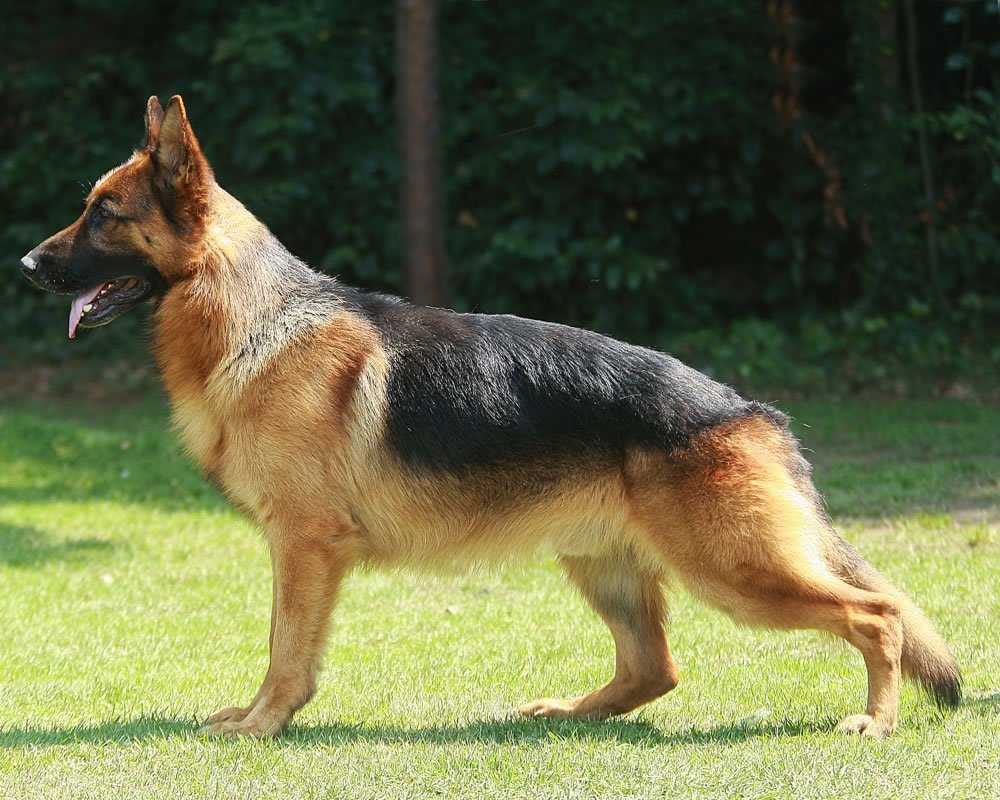Have you ever watched your big, lovable dog hesitate before jumping onto the couch or struggle to get up after a nap? For many dog owners, these moments spark concern and even heartbreak. Large breed dogs, with their impressive size and boundless energy, often face unique challenges when it comes to joint health. Spotting the early signs and taking smart steps to prevent problems can make a world of difference in your dog’s happiness and quality of life. Let’s dive deep into the world of canine joint care—because every big dog deserves to run, leap, and play without pain.
Understanding Why Large Breeds Are at Risk
Large breed dogs are loyal, loving, and often full of playful energy—but their size also makes them more vulnerable to joint problems as they age. From hip dysplasia to arthritis, these issues can quietly develop over time, eventually impacting your dog’s mobility, comfort, and overall quality of life. The good news? With a little knowledge and proactive care, many joint problems can be spotted early—or even prevented altogether.
Large breed dogs, from gentle Great Danes to playful Labradors, carry more weight on their joints than smaller breeds. This extra weight puts additional strain on their hips, knees, and elbows. Genetics also play a big role—certain breeds are simply more likely to develop issues like hip dysplasia or arthritis. Their rapid growth as puppies can sometimes lead to bones and joints developing unevenly, setting the stage for lifelong problems. Even their energetic personalities can backfire, as rough play or too much jumping can wear out their joints faster. If you have a large breed pup, understanding these risks is the first step to keeping them healthy. Remember, prevention truly starts with awareness.
Common Joint Problems in Large Breed Dogs

Some joint problems are more common in big dogs than others. Hip dysplasia, where the hip joint doesn’t fit together smoothly, is notorious among breeds like German Shepherds and Golden Retrievers. Elbow dysplasia is another culprit, causing pain and limping, especially in young, fast-growing dogs. Osteoarthritis, the gradual wearing down of joint cartilage, often sneaks up as dogs get older. Cruciate ligament injuries—similar to ACL tears in people—are also more likely in heavy, active dogs. These issues can make even the happiest pups slow down or act out of character. Recognizing their names is key, but knowing what to look for is even more important.
Early Warning Signs: What to Watch For

Spotting joint problems early can spare your dog a lot of pain. Watch for subtle changes in the way your dog moves. Are they limping, even just a little, after a long walk? Do they favor one leg or seem stiff after lying down? Reluctance to climb stairs, jump into the car, or play fetch can be red flags. Some dogs may lick or chew at sore joints, while others might seem grumpy when touched. Pay close attention to any changes in behavior—dogs are experts at hiding discomfort until it becomes serious. Trust your instincts; you know your dog best.
The Role of Nutrition in Joint Health
What goes into your dog’s bowl can make a big difference in joint health. Large breed puppies need specially formulated food to support steady, controlled growth—too many calories or the wrong nutrients can actually increase the risk of joint problems. As adults, maintaining a healthy weight is crucial; every extra pound adds pressure to already stressed joints. Look for foods with added omega-3 fatty acids, glucosamine, and chondroitin, which can help support cartilage and reduce inflammation. Ask your vet about supplements if you’re unsure—sometimes, a little extra boost can go a long way. Remember, feeding your dog right is an act of love.
Exercise: Finding the Right Balance
Exercise is vital for keeping your dog’s joints healthy, but overdoing it can cause harm. Long, high-impact activities like running on hard surfaces or constant jumping can wear out joints prematurely. Instead, aim for regular, moderate exercise—think gentle walks, swimming, or playing fetch on soft grass. Keep puppies from roughhousing or climbing too many stairs, as their growing joints are especially vulnerable. If your dog is stiff or sore after activity, it’s a sign to slow down. Remember, every dog is different; tailor exercise routines to your dog’s age, breed, and health. Movement should be fun, not painful.
Weight Management: The Secret Weapon
Keeping your dog at a healthy weight is one of the most powerful ways to prevent joint issues. Extra weight acts like a heavy backpack, making every step harder on the joints. If your dog is carrying a few extra pounds, talk to your vet about a safe weight loss plan. Measure meals carefully, avoid too many treats, and consider switching to a lower-calorie food if needed. Even a small weight loss can dramatically improve mobility and comfort. Think of it as lightening your dog’s load so they can enjoy life to the fullest. “A fit dog is a happy dog”—and it’s true.
Choosing the Right Bedding and Living Environment
Where your dog sleeps matters more than you might think. Hard floors put extra pressure on joints, especially for big dogs. Invest in a thick, orthopedic dog bed that supports their body and cushions their elbows and hips. Place beds in warm, draft-free areas—cold or damp environments can make joint pain worse. Make sure your dog doesn’t have to jump or climb to reach their favorite spots; ramps or pet stairs can help. Slippery floors can be dangerous, so use rugs or mats to give your dog better traction. Creating a joint-friendly home is a simple way to show you care.
Regular Veterinary Check-Ups: Your Best Defense

Routine vet visits are a non-negotiable for large breed dogs. Vets can spot early signs of joint trouble, even before your dog shows symptoms. Annual check-ups allow your vet to monitor weight, mobility, and overall health. If your dog is at risk for specific conditions, your vet may recommend x-rays or special exams. Discuss any changes in your dog’s movement or energy—no detail is too small. Early intervention is often the key to long-term comfort and mobility. Think of your vet as your partner in keeping your dog moving happily for years to come.
Supplements and Medications: When to Consider Them
Sometimes, even the best diet and exercise plan isn’t enough. Many vets recommend joint supplements like glucosamine, chondroitin, or fish oil for dogs at risk of problems. These can help reduce inflammation and support cartilage health, especially in older dogs or those showing early signs of trouble. In more severe cases, prescription medications may be needed to manage pain and improve quality of life. Always consult your vet before starting any supplement or medication—some products can interact with other treatments or aren’t right for every dog. When used wisely, supplements can be a valuable tool in your joint care toolkit.
When to Seek Professional Help Immediately

Sometimes, joint problems go from mild to serious in a flash. If your dog suddenly can’t stand, cries out in pain, or refuses to put weight on a leg, seek veterinary care right away. Rapid swelling, severe lameness, or a hot, painful joint can signal a serious injury or infection that needs immediate attention. Never try to diagnose or treat these problems at home. Trust your instincts—if something feels wrong, it’s better to be safe and get help quickly. Acting fast can mean the difference between a short recovery and long-term damage. Every moment matters when your dog is in pain.
Jen is a passionate nature lover and ocean conservationist. She has dedicated her life to protecting the environment and preserving the beauty of the natural world. Growing up in a small coastal town, Jen sincerely appreciated the ocean and its inhabitants. She has spent countless hours exploring the shoreline, learning about the creatures that inhabit the waters, and advocating for their protection. Jen is an active member of ocean conservation organizations, and she is committed to educating the public about the importance of conserving wildlife and the natural environment.





